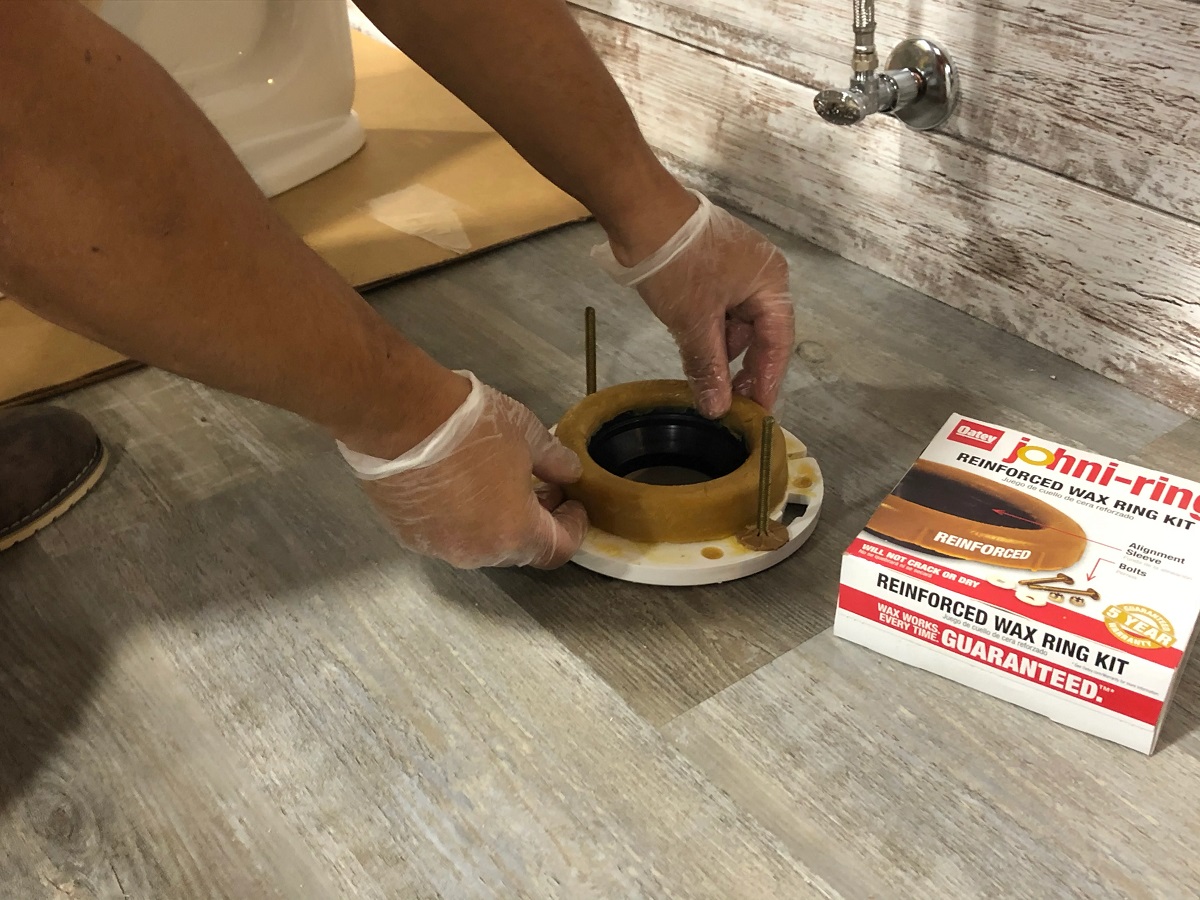

Articles
How Long Does Toilet Wax Ring Last
Modified: October 20, 2024
Discover how long a toilet wax ring lasts and keep your bathroom plumbing in top shape with these informative articles.
(Many of the links in this article redirect to a specific reviewed product. Your purchase of these products through affiliate links helps to generate commission for Storables.com, at no extra cost. Learn more)
Introduction
A toilet wax ring may not be the first thing that comes to mind when you think about bathroom fixtures, but it plays a crucial role in keeping your toilet functioning properly. This small and inconspicuous piece of equipment, tucked away between the toilet base and the sewer pipe, creates a watertight seal and prevents leaks and odors from escaping into your bathroom.
Understanding the lifespan of a toilet wax ring is essential for every homeowner. Knowing when to replace it can save you from potential water damage and costly repairs. In this article, we’ll delve into the details of a toilet wax ring’s longevity and the factors that can affect its lifespan.
But first, let’s take a closer look at what a toilet wax ring actually is.
Key Takeaways:
- A high-quality toilet wax ring, when properly installed and maintained, can last between 5 to 10 years. Factors such as installation, usage, and water quality can affect its lifespan, making regular inspections and prompt replacement crucial.
- Signs of a deteriorating wax ring include water leaks, odor issues, toilet instability, visible wear and tear, and mold growth. Prompt replacement is essential to prevent water damage, odors, and maintain a functional bathroom.
Read also: 10 Amazing Toilet Wax Ring for 2025
What is a Toilet Wax Ring?
A toilet wax ring, also known as a toilet seal, is a doughnut-shaped gasket made of wax and other materials. It is placed between the bottom of the toilet bowl and the top of the sewer pipe flange to create a watertight seal. The primary purpose of the wax ring is to prevent water, sewage, and unpleasant odors from leaking out of the toilet and into your bathroom.
The wax ring is typically made of a combination of beeswax, petroleum, and other binders that help it maintain its shape and flexibility. It is designed to withstand the weight of the toilet while creating a tight seal to prevent any leaks or seepage.
Installing a wax ring is an essential step when assembling or replacing a toilet. During installation, the wax ring is pressed onto the toilet flange, which is connected to the sewer pipe. The toilet is then lowered onto the wax ring, allowing the flange bolts to secure it in place.
Once the toilet is properly installed, the wax ring forms a tight bond between the toilet and the sewer pipe, ensuring that water and waste flow directly into the sewage system without any leaks or unpleasant odors. It acts as a barrier, protecting your bathroom floor and subfloor from water damage and preventing the spread of harmful bacteria.
Now that we have a clear understanding of what a toilet wax ring is, let’s explore why it is so important.
Importance of a Toilet Wax Ring
Although often overlooked, a toilet wax ring plays a crucial role in maintaining the functionality and integrity of your bathroom. Here are a few reasons why it is important:
- Leak Prevention: The primary function of a wax ring is to create a watertight seal between the toilet and the sewer pipe. By preventing leaks, it helps keep your bathroom dry and prevents water damage to your flooring and subfloor.
- Odor Control: A properly installed wax ring also helps to prevent sewer gases from escaping into your bathroom. By creating an airtight seal, it ensures that odors are contained and directed into the sewage system.
- Bacterial Protection: The wax ring acts as a barrier between the toilet and the sewer pipe, preventing the spread of bacteria and pathogens. This is particularly important for maintaining good hygiene in your bathroom.
- Structural Integrity: A faulty or worn-out wax ring can lead to water seepage, which can damage the subfloor and weaken the structural integrity of your bathroom. By replacing the wax ring when needed, you can avoid costly repairs and maintain a sturdy bathroom foundation.
- Peace of Mind: Knowing that your toilet is properly sealed and functioning effectively can provide peace of mind. You can use your bathroom without worrying about leaks, odors, or other plumbing issues that can disrupt your daily routine.
Overall, a toilet wax ring may be a small component of your bathroom, but it plays a significant role in preserving the cleanliness, functionality, and structural integrity of the space. Regular maintenance and timely replacement of the wax ring are essential to ensure that it continues to perform its job effectively.
Now that we understand the importance of a toilet wax ring, let’s explore the factors that can affect its lifespan.
Factors Affecting the Lifespan of a Toilet Wax Ring
The lifespan of a toilet wax ring can vary depending on several factors. Understanding these factors can help you determine how long your wax ring is likely to last and when it may need replacement. Here are the main factors that can affect the lifespan of a toilet wax ring:
- Quality of the Wax Ring: The quality of the wax ring itself is a significant factor in determining its lifespan. Higher-quality wax rings made from durable materials and with better sealing capabilities are likely to last longer than lower-quality ones. Opting for a reputable brand or consulting with a professional plumber can ensure you choose a high-quality wax ring.
- Installation: Proper installation is crucial for the longevity of a wax ring. If it is not installed correctly, it may develop gaps or become misaligned, leading to leaks or odors. Hiring a professional plumber or following manufacturer’s guidelines for installation can ensure that the wax ring is properly placed and secured, maximizing its lifespan.
- Usage and Maintenance: The frequency and type of usage can impact the lifespan of the wax ring. Heavy usage or improper maintenance, such as using abrasive chemicals or excessive force during cleaning, can cause wear and tear on the wax ring. Regular cleaning with gentle products and following recommended maintenance practices can help extend its lifespan.
- Water Quality: The quality of the water in your area can also affect the lifespan of the wax ring. Hard water, which contains high levels of minerals, can contribute to the buildup of deposits and calcifications, potentially damaging the wax ring over time. Using water softeners or regular cleaning and descaling can help mitigate these effects.
- Temperature Changes: Extreme temperature changes can cause the wax ring to expand or contract, potentially affecting its sealing properties. If your bathroom experiences frequent temperature fluctuations, it is essential to choose a wax ring that is designed to withstand these conditions.
It is important to note that while these factors can influence the lifespan of a toilet wax ring, there is no set timeframe for how long it will last. Some wax rings may need replacement after five years, while others can last for a decade or more. It is crucial to keep an eye out for signs of a deteriorating wax ring and replace it when necessary.
In the next section, we will discuss the signs that indicate a wax ring may need replacement.
Signs of a Deteriorating Wax Ring
Over time, a toilet wax ring can deteriorate due to various factors. It is important to be aware of the signs that indicate it is time to replace the wax ring. Here are some common signs of a deteriorating wax ring:
- Water Leaks: One of the most obvious signs of a failing wax ring is water leaks around the base of the toilet. If you notice water pooling on the floor or stains spreading from under the toilet, it is likely that the wax ring has lost its sealing ability.
- Odor Issues: A deteriorating wax ring may also lead to unpleasant odors in your bathroom. If you notice persistent sewage or sewer gas smells, it could indicate that the wax ring is no longer creating an effective seal.
- Rocking Toilet: If your toilet rocks or becomes unstable when you sit on it, it could be a sign of a deteriorating wax ring. A properly installed wax ring keeps the toilet securely in place, so any movement or instability can suggest that the seal is compromised.
- Visible Wear and Tear: Inspecting the wax ring can reveal visible signs of deterioration. Check for cracks, crumbling edges, or a flattened shape. These indicate that the wax ring has worn down and may no longer provide an effective seal.
- Mold or Mildew Growth: A failing wax ring can lead to moisture buildup around the base of the toilet, creating an ideal environment for mold and mildew growth. If you notice recurring mold or mildew despite regular cleaning, it could be a sign that the wax ring needs replacement.
If you notice any of these signs, it is crucial to address the issue promptly. Ignoring a deteriorating wax ring can lead to further damage, such as water leakage, structural issues, or even the spread of harmful bacteria.
By promptly replacing a deteriorating wax ring, you can prevent potential damage and maintain the functionality of your toilet and bathroom. In the next section, we will explore the typical lifespan of a toilet wax ring.
Replace your toilet wax ring every 5-10 years to prevent leaks and maintain a proper seal. Inspect for wear and tear regularly.
Read more: How Long Does A Ring Doorbell Battery Last
How Long Does a Toilet Wax Ring Typically Last?
The lifespan of a toilet wax ring can vary depending on several factors, including the quality of the wax ring, installation, usage, and maintenance. On average, a well-maintained and properly installed wax ring can last anywhere from 5 to 10 years.
However, it is important to note that this is just an estimate, and the actual lifespan can differ based on individual circumstances. Some wax rings may need replacement sooner, while others may last longer. Regular inspections are crucial to identify signs of deterioration and determine when it’s time for a replacement.
Factors that can affect the lifespan of a wax ring include the quality of the materials used, the frequency and type of usage, water quality, temperature fluctuations, and proper maintenance. A higher-quality wax ring made from durable materials will typically have a longer lifespan.
Additionally, heavy usage, improper maintenance practices, and exposure to hard water can contribute to faster deterioration of the wax ring. Regular cleaning with gentle products, avoiding abrasive chemicals, and descaling can help extend its lifespan.
It’s worth noting that some homeowners may choose to replace the wax ring as a preventative measure even before any signs of deterioration appear. This proactive approach can help avoid potential leaks and damage, providing peace of mind and ensuring the long-term functionality of the toilet.
Ultimately, it is essential to monitor for signs of a deteriorating wax ring and replace it in a timely manner to prevent any water damage, odors, or sanitary issues that may arise.
Now that we have discussed the typical lifespan of a toilet wax ring, let’s explore some ways to extend its lifespan.
Extending the Lifespan of a Toilet Wax Ring
While the lifespan of a toilet wax ring can vary, there are steps you can take to help extend its longevity. By following these tips, you can ensure that your wax ring continues to provide a reliable seal and prevent any leaks or odors in your bathroom:
- Regular Cleaning: Clean your toilet regularly using gentle cleaning products. Avoid using harsh chemicals or abrasive cleaners that may degrade the wax ring or cause damage to the sealing surfaces. By keeping the toilet clean, you can prevent the buildup of grime, which can potentially affect the wax ring’s performance.
- Proper Maintenance: In addition to regular cleaning, it is important to perform proper maintenance on your toilet. Avoid excessive force when flushing, as it can put unnecessary strain on the wax ring. If you notice any minor leaks or loose bolts, address them promptly, as they can lead to further damage and affect the wax ring’s sealing ability.
- Regular Inspections: Periodically inspect the wax ring for any signs of wear and tear. Look for cracks, crumbling edges, or flattened shape, as these indicate that the wax ring is deteriorating. If you notice any issues, it’s best to replace the wax ring sooner rather than later to prevent leaks or other potential problems.
- Water Softening: If you live in an area with hard water, consider using a water softener. Hard water can lead to mineral buildup and deposits on the wax ring, affecting its performance. By using a water softener or periodically descaling, you can help minimize these effects and extend the lifespan of the wax ring.
- Professional Installation: To ensure that the wax ring is properly installed, it is recommended to hire a professional plumber. They have the expertise and knowledge to ensure a secure and effective seal. Proper installation is crucial for the lifespan of the wax ring and the overall functionality of your toilet.
By following these tips, you can help extend the lifespan of your toilet wax ring and maintain its optimal performance. However, it’s important to remember that even with proper maintenance, the wax ring will eventually need to be replaced as it naturally deteriorates over time.
Next, let’s discuss when it is time to replace a toilet wax ring.
When to Replace a Toilet Wax Ring
Knowing when to replace a toilet wax ring is essential to prevent potential water damage, odors, and other plumbing issues. While the lifespan of a wax ring can vary, there are specific indicators that suggest it’s time for a replacement. Here are some signs that indicate you should replace the wax ring:
- Visible Damage: If you notice any visible damage to the wax ring, such as cracks, crumbling edges, or a flattened shape, it is a clear indication that it needs to be replaced. Visible damage compromises the wax ring’s ability to create a proper seal, leading to leaks and potential water damage.
- Water Leaks: The presence of water leaks around the base of the toilet is a strong indication that the wax ring has worn out and needs replacement. Even minor leaks can escalate quickly, causing damage to the flooring and subflooring if left unaddressed.
- Odor Issues: If you consistently notice unpleasant sewer or sewage odors in your bathroom, it is likely that the wax ring is no longer creating an effective seal. Odor issues indicate that the wax ring has deteriorated and needs to be replaced to prevent further odors from permeating your bathroom.
- Toilet Instability: If your toilet wobbles or rocks when you sit on it, it may be a sign that the wax ring needs to be replaced. A properly installed wax ring creates stability by securing the toilet to the floor. Any movement or instability indicates that the seal has been compromised and a replacement is necessary.
- Regular Maintenance Schedule: Even if there are no visible signs of damage or leaks, it is generally recommended to replace the wax ring as part of regular maintenance. A proactive approach ensures that you stay ahead of potential problems and promotes the overall longevity and functionality of your toilet.
It is important to address these signs promptly to prevent further damage and maintain a properly functioning bathroom. If you observe any of these indicators, replacing the wax ring is highly recommended.
While some homeowners may choose to replace the wax ring themselves, it is often best to hire a professional plumber for the installation. They have the necessary expertise and knowledge to ensure proper alignment and sealing, minimizing the chances of future issues.
By staying vigilant and replacing the wax ring as needed, you can ensure a reliable and watertight seal for your toilet, keeping your bathroom safe, clean, and odor-free.
Content optimized by SEO.
Conclusion
A toilet wax ring may be a small component of your bathroom, but it plays a critical role in keeping your bathroom clean, odor-free, and well-functioning. Understanding the lifespan of a toilet wax ring and the signs of deterioration is important for every homeowner.
We have learned that a high-quality toilet wax ring, when properly installed and maintained, can last between 5 to 10 years. Factors such as the quality of the wax ring, installation, usage, and maintenance can affect its lifespan. Regular inspections and prompt replacement when necessary are essential to preventing leaks, odors, and other plumbing issues.
By extending the lifespan of a toilet wax ring through regular cleaning, proper maintenance, and water softening, you can ensure optimal performance and prevent premature deterioration. Professional installation by a plumber can also ensure a secure and effective seal for your toilet.
Knowing when to replace a toilet wax ring is crucial in preventing water damage and maintaining the integrity of your bathroom. Visible damage, water leaks, odor issues, toilet instability, and regular maintenance schedules are all signs that indicate the need for a wax ring replacement.
Taking proactive measures to replace the wax ring will help you avoid costly repairs, mitigate potential water damage, and maintain a functional and hygienic bathroom. Hiring a professional plumber to handle the installation ensures a proper seal and minimizes the risk of future issues.
In conclusion, the toilet wax ring may be a small component, but its importance should not be underestimated. By understanding its lifespan, signs of deterioration, and when to replace it, you can ensure a reliable and watertight seal for your toilet, providing peace of mind and a well-maintained bathroom for years to come.
Content optimized by SEO.
Frequently Asked Questions about How Long Does Toilet Wax Ring Last
Was this page helpful?
At Storables.com, we guarantee accurate and reliable information. Our content, validated by Expert Board Contributors, is crafted following stringent Editorial Policies. We're committed to providing you with well-researched, expert-backed insights for all your informational needs.
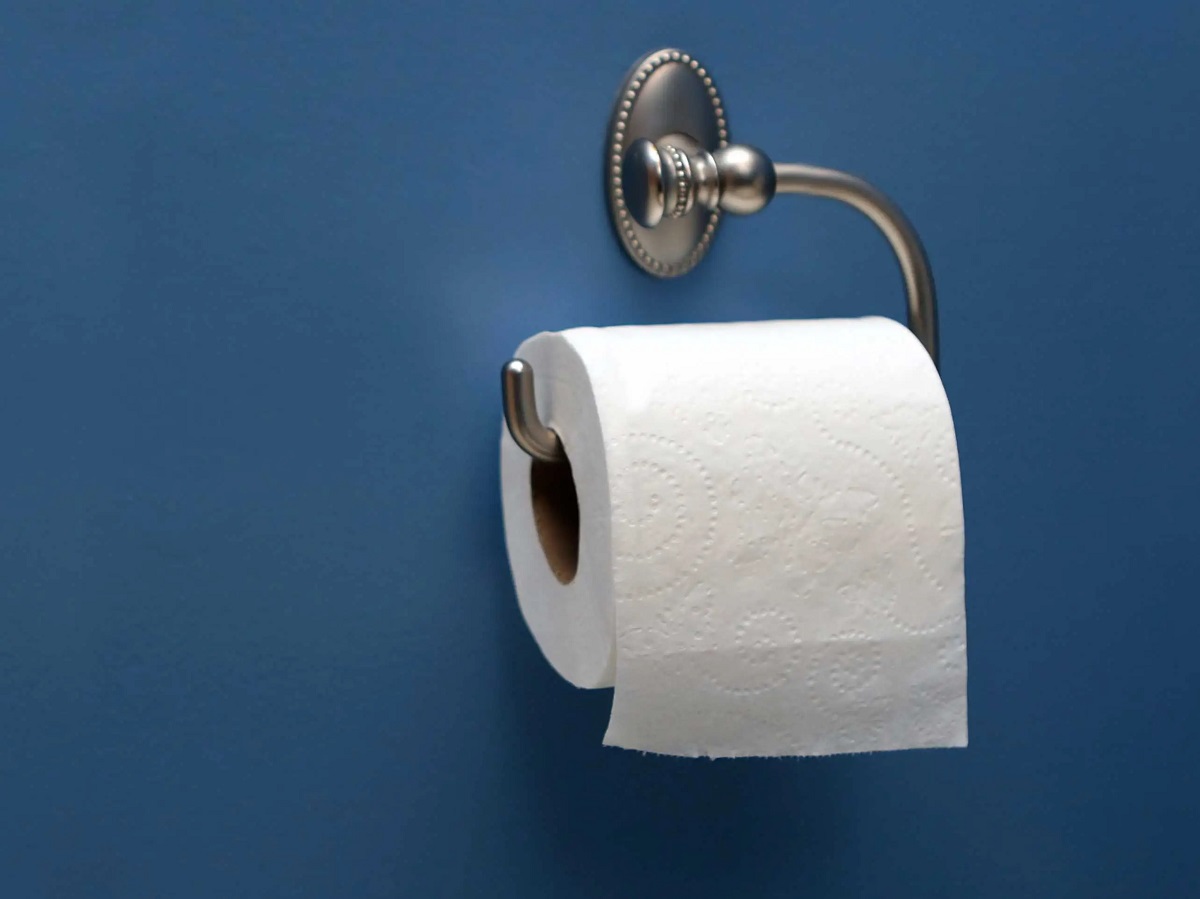

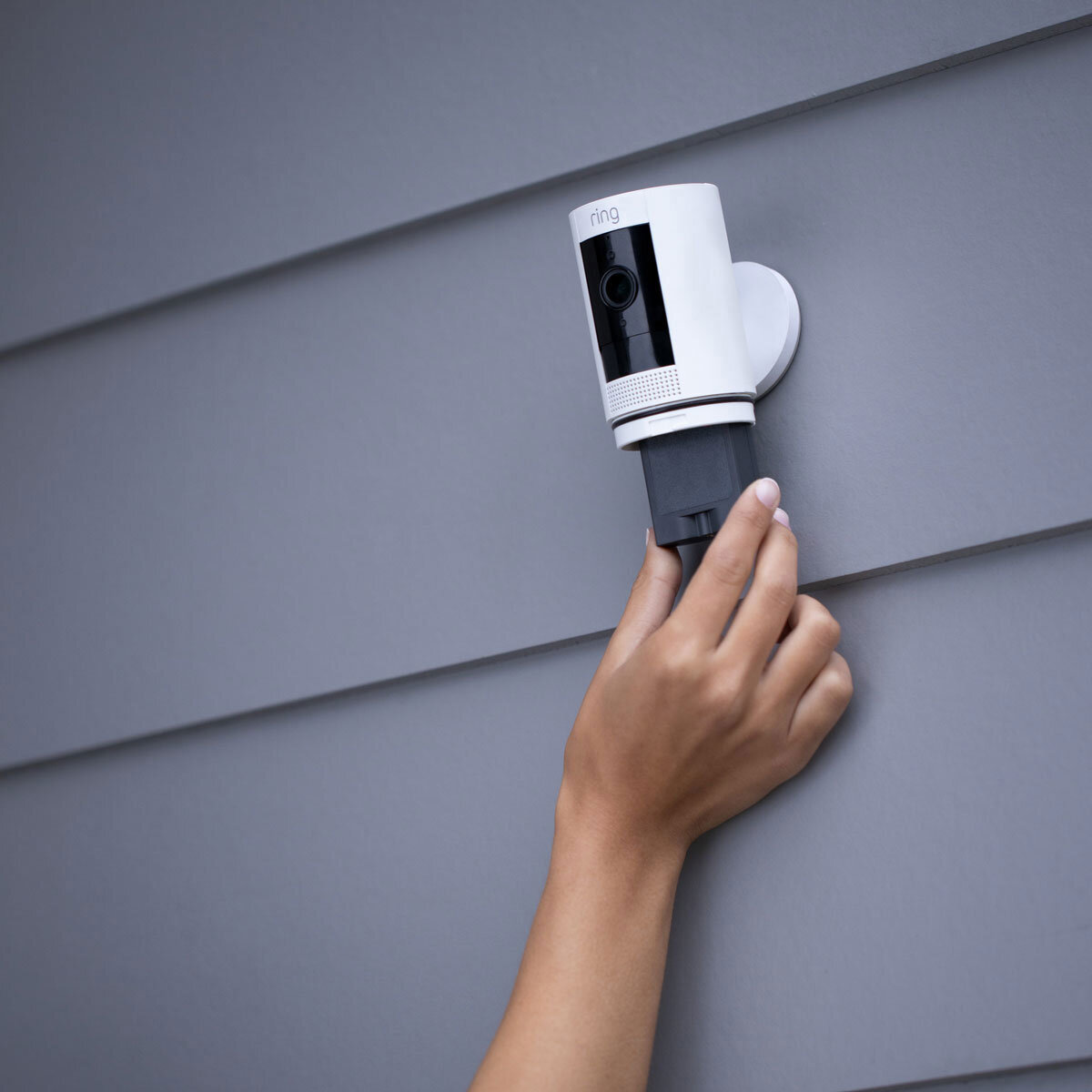





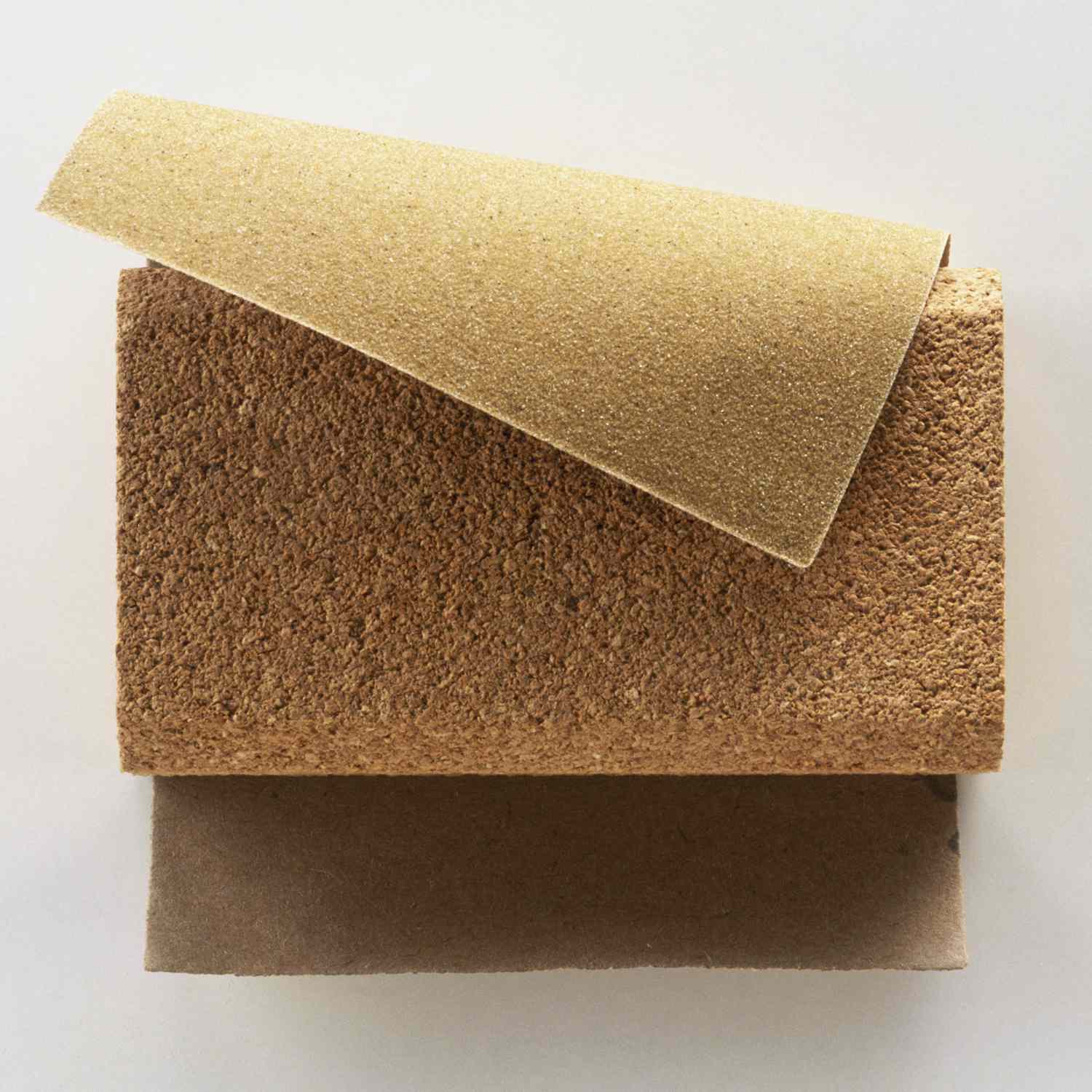
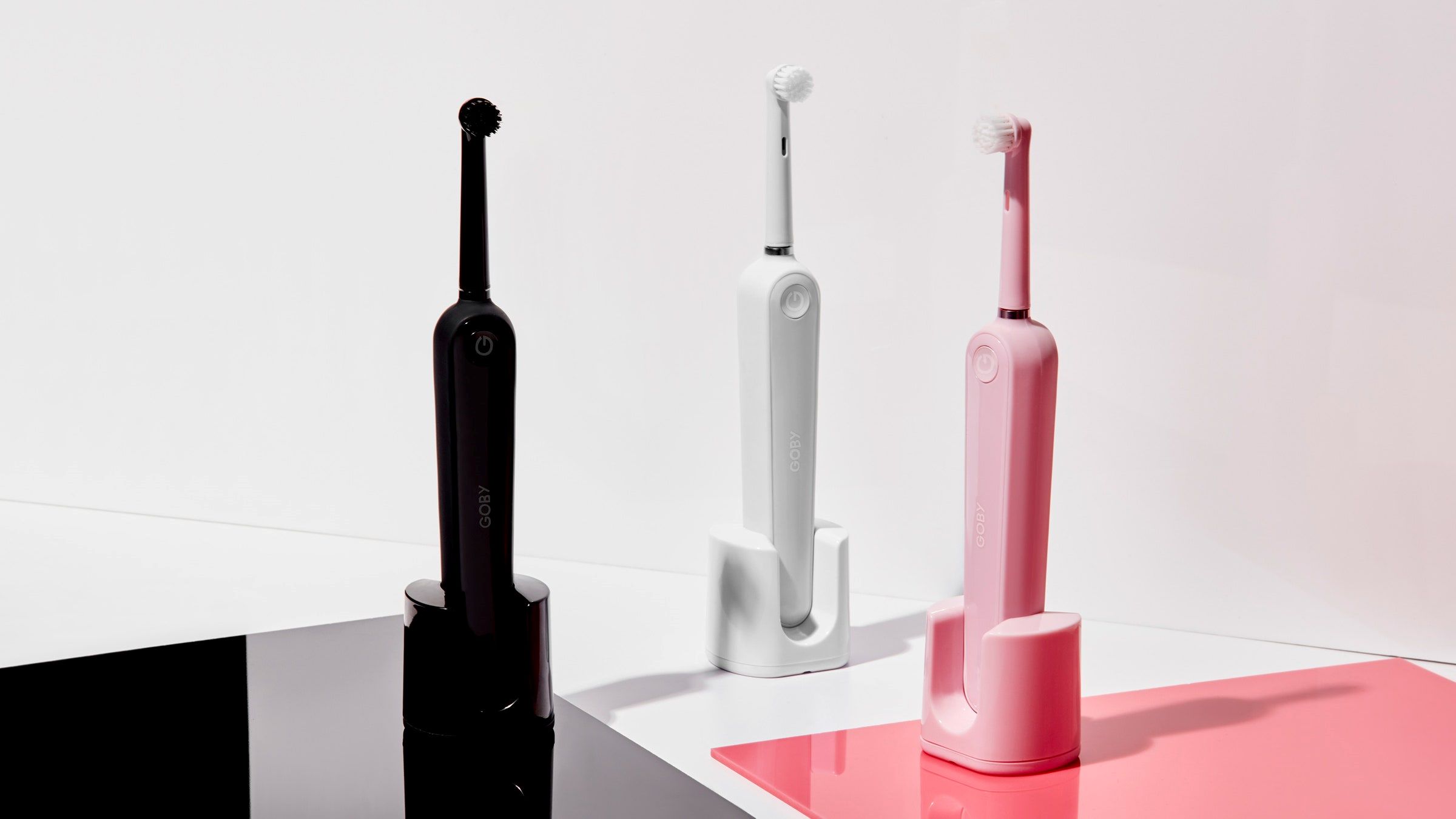

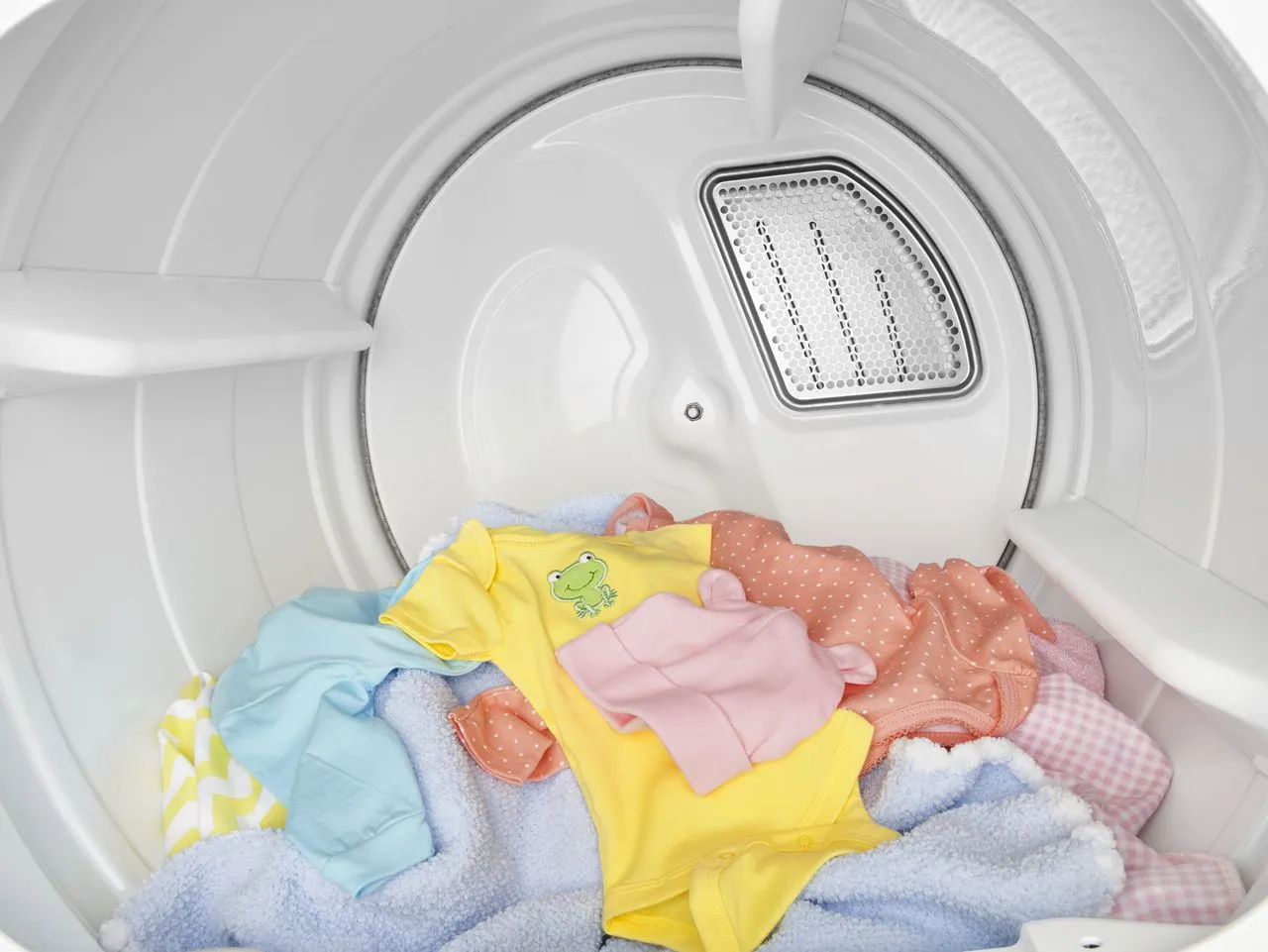

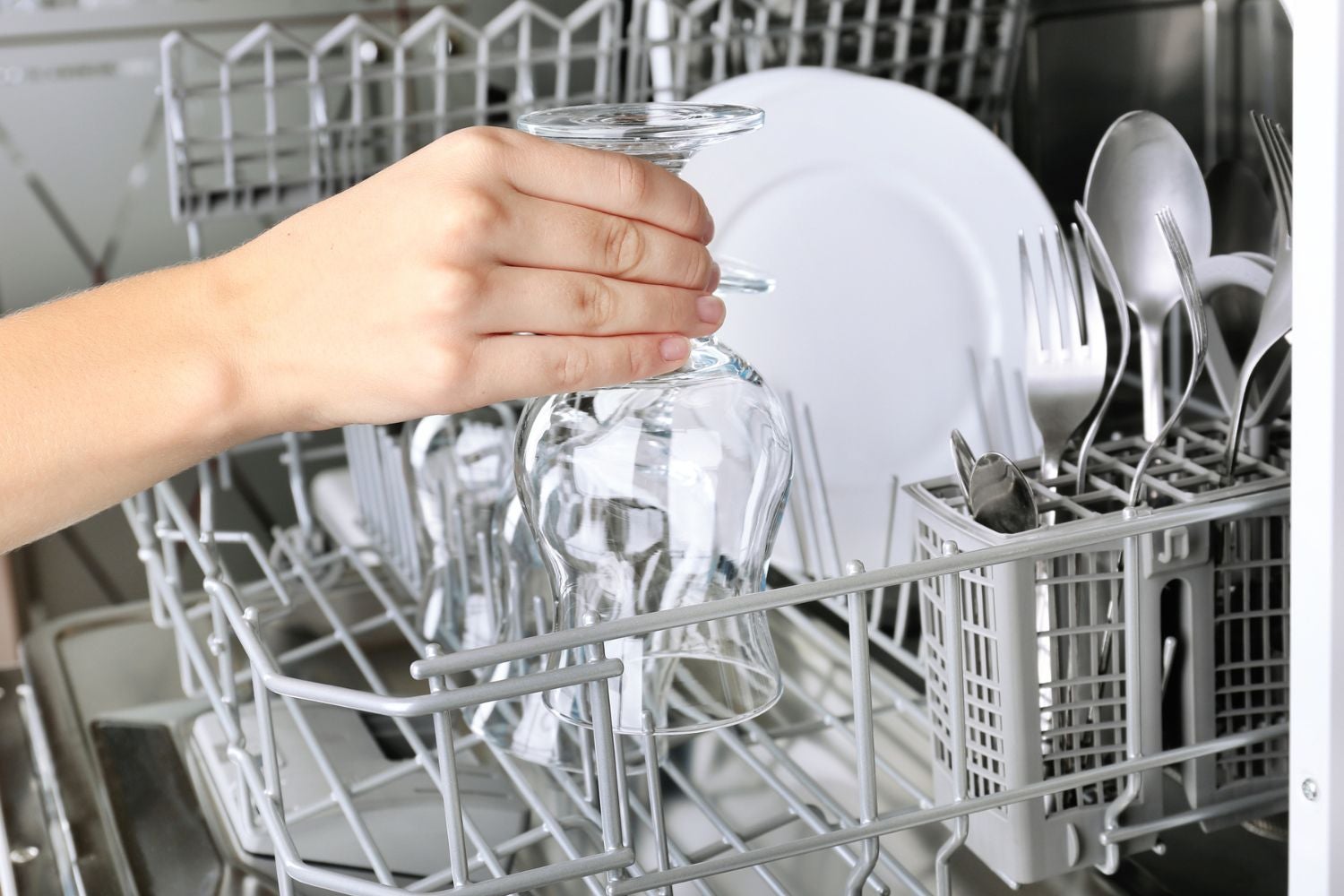

0 thoughts on “How Long Does Toilet Wax Ring Last”